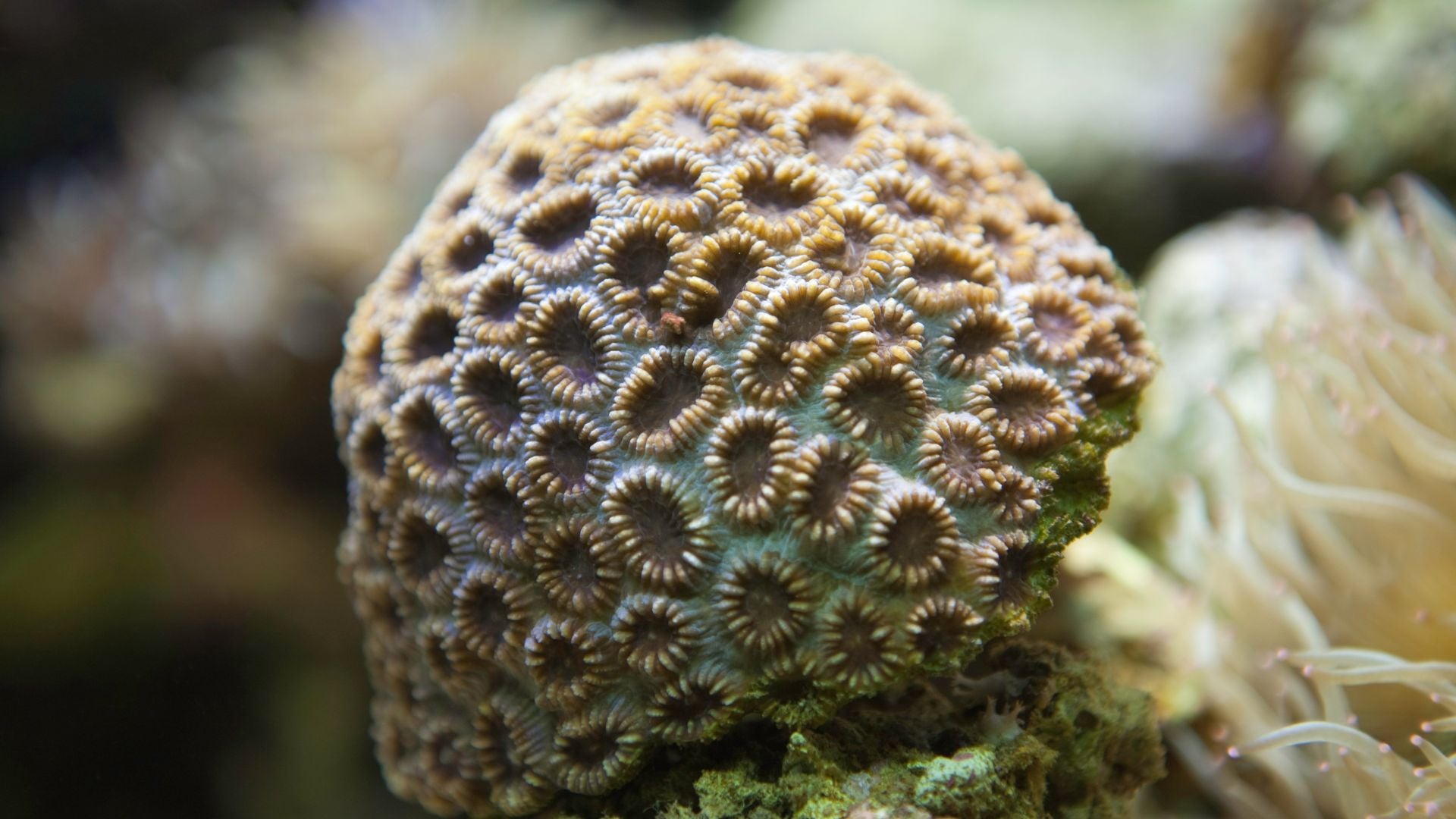
One of the many casualties of climate change is the earth's coral reefs. In the span of ten years, we lost 14% of the coral worldwide due to rising sea surface temperatures. To put that in perspective, 14% of the world's coral is more than all of Australia's coral combined.
Here in Australia, we're no strangers to coral loss and disease. The Great Barrier Reef is under siege by temperature-driven bleaching, and it's an all-hands-on-deck situation to slow the decay.
Now, biologists are noticing a new and frightening problem in the Atlantic and Caribbean Sea: stony coral tissue loss disease (aka SCTLD).
What is stony coral tissue loss disease? What do we know about its driving forces, and what can be done to stop it? Read on to find out.
What Is Stony Coral Tissue Loss Disease?
Stony coral tissue loss disease is one of the newest documented diseases of coral reefs. It was first reported in 2014 by scientists in southeast Florida, who noticed the presence of the disease in coastal coral reefs.
When this lethal sickness was discovered to be spreading at an alarming pace, scientists referred to it as the white plague disease. This was due to the white lesions or blotches it creates on the surface of infected coral.
STCLD seems to impact 22 or more types of coral, many of them (such as pillar coral) crucial reef-builders. When the disease takes hold, it drains the life out of soft surface tissue and kills the entire animal within weeks or months.
What's causing stony coral tissue loss disease? This question is proving harder to answer.
While many signs indicate that it is some form of deadly bacteria, some researchers believe that it could be a virus. What everyone seems to agree upon is that whether it is caused by bacteria, a virus, or both, there are several different microbiomes at play, making it difficult to identify--and to stop.
Where Is SCTLD Taking Hold?
So far, SCTLD has spread from the waters off of southeast Florida and into the northern Caribbean and the Gulf of Mexico. Thanks to the Atlantic and Gulf Rapid Reef Assessment, we can track all current outbreaks online.
What alarms marine biologists and other invested researchers the most is how quickly it seems to spread. For example, researchers were on the lookout for SCTLD in the Bahamas beginning in 2019. When a new and unknown disease was finally detected and identified as SCTLD, it had already impacted miles of reef.
How Is SCTLD Impacting the Affected Regions?
The biggest concern is that the quick destruction of coral reefs that took hundreds of years to develop will disrupt the local ecosystem. Fish and other marine life that rely on the reef for protection, shelter, and food will lose their habitat and will likely drop in numbers.
Many are also worried that the destruction of coral reefs will cause a plummet in tourism. Every year, thousands of scuba divers make trips to southeast Florida, the Bahamas, and surrounding areas to see the astounding coral reefs. Without that attraction, these regions may lose a major source of income.
Could SCTLD Spread Worldwide?
Currently, SCTLD is contained, albeit within a wide range. How did it spread from Florida to other regions? Will it continue to spread to coral reefs around the world, including the Great Barrier Reef?
Unfortunately, we don't have many answers. It seems that the disease spreads through direct contact and through the circulation of affected water. One theory is that the spread we've already seen was caused by cargo ships changing their ballast water while docked, which would indicate that yes, the disease has the means to spread worldwide.

How Is Climate Change Contributing to SCTLD?
Is stony coral tissue loss disease tied to climate change, like other forms of coral disease that we've seen so far? To understand the link, we have to look at the conditions that were in place during the first SCTLD outbreak.
The summer of 2014 was a hot one in Florida. Record-high temperatures warmed the ocean and caused what was described as a mass bleaching event for Florida coral reefs. Coral bleaching occurs when distressed corals release life-sustaining algae, a process that leaves coral significantly weakened.
Why is this significant? As we mentioned already, we're losing coral reefs to bleaching all over the world. Because bleaching leaves coral in a weakened state, it means that any coral that has survived bleaching is even more susceptible to diseases like SCTLD.
Can SCTLD Be Stopped?
Researchers are working hard to slow the spread of SCTLD and hopefully end it for good. One technique that appears promising involves the use of a topical antibiotic ointment. By applying the ointment to corals that are already showing signs of infection, the disease seems to slow down, giving the coral time to fight it off.
The problem? Many research groups don't have the funding to stay on pace with the spread of the disease. That is one of the many reasons why we're committed to supporting these important organisations.
Join P4O in the Fight to Preserve Our Coral Reefs
Marine biologists are calling stony coral tissue loss disease one of the most alarming coral diseases they've seen yet. What can we do to help? We can continue to raise awareness and funding for the brilliant minds that can save our coral reefs.
People4Ocean will never waver in our commitment to preserving coral reefs in Australia and around the world. For every sunscreen purchase, we donate money to the organisations that are making a true difference.
Will you join us in the fight? Take a look at our sunscreen products and protect your skin and the coral reefs all in one purchase.


Comments (0)
Back to Blog